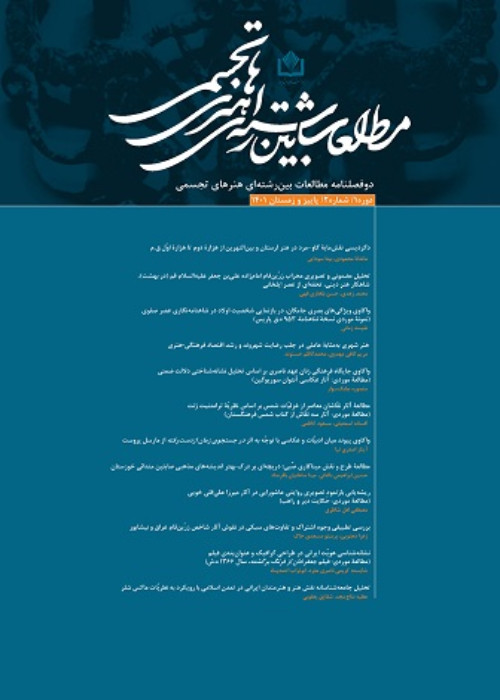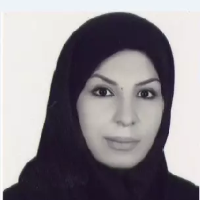The Metamorphosis Cow-man motif in the art of Lorestan and Mesopotamia in the 2nd to 1st millennium BC
The thoughts and ideologies of ancient societies have been displayed in the form of art. Hence, with content analysis artifact can be understood by the concepts hidden in them. Lorestan is a mountainous region in the east of Mesopotamia, where in the 8th and 7th centuries B.C., the highest levels of metallurgy were achieved. The bronze artifacts of Lorestan in the second and first millennium BC contain mixed images of imaginary creatures, which, while beautiful, are formed on the basis of deep beliefs and express beliefs, stories and myths common in the region. Therefore, in order to accurately understand the role of motifs and understand its meaning and content, it is necessary to study the pictures and narratives that show the worldview of the studied societies based on symbology. One of the recurring mythological images in the art of the ancient societies of Lorestan and Mesopotamia is the role of the mythological cow-man. The aim of this research is to identify the visual relationship between the role of cow and man in the ancient art of Lorestan and Mesopotamia, in order to study and investigate the process of their development and the evolutionary process of religious ideas in the art of the studied societies, it is based on archaeological documents. The method of this research is descriptive and comparative and the method of library collection, and the images were prepared through the museum and the museums' website. The research questions are: 1- By examining the mythological motifs with an emphasis on the cow-man role in Lorestan pins, can they be considered a symbol of Divan or horned gods? 2- Investigating mythological motifs with an emphasis on the horn in the period from the second millennium to the first millennium BC. Do we see material and content changes in them? Since motifs in artifacts represent common beliefs and beliefs among the people of ancient times, it is necessary to accurately understand a work and understand its meaning and content. to be studied.The results show that the motif of the cow-man is a symbol of the primitive gods of ancient societies, which entered the art of the studied societies due to the beliefs and beliefs of animism and totemism, and over time, with the expansion of human thought and consciousness, we see a transformation in the way they are represented. Such that the images of the animal's head and body disappear gradually and the images of the gods are displayed in a realistic and human form, and the horn remains as a divine symbol and power in the headdress of the gods.
- حق عضویت دریافتی صرف حمایت از نشریات عضو و نگهداری، تکمیل و توسعه مگیران میشود.
- پرداخت حق اشتراک و دانلود مقالات اجازه بازنشر آن در سایر رسانههای چاپی و دیجیتال را به کاربر نمیدهد.



